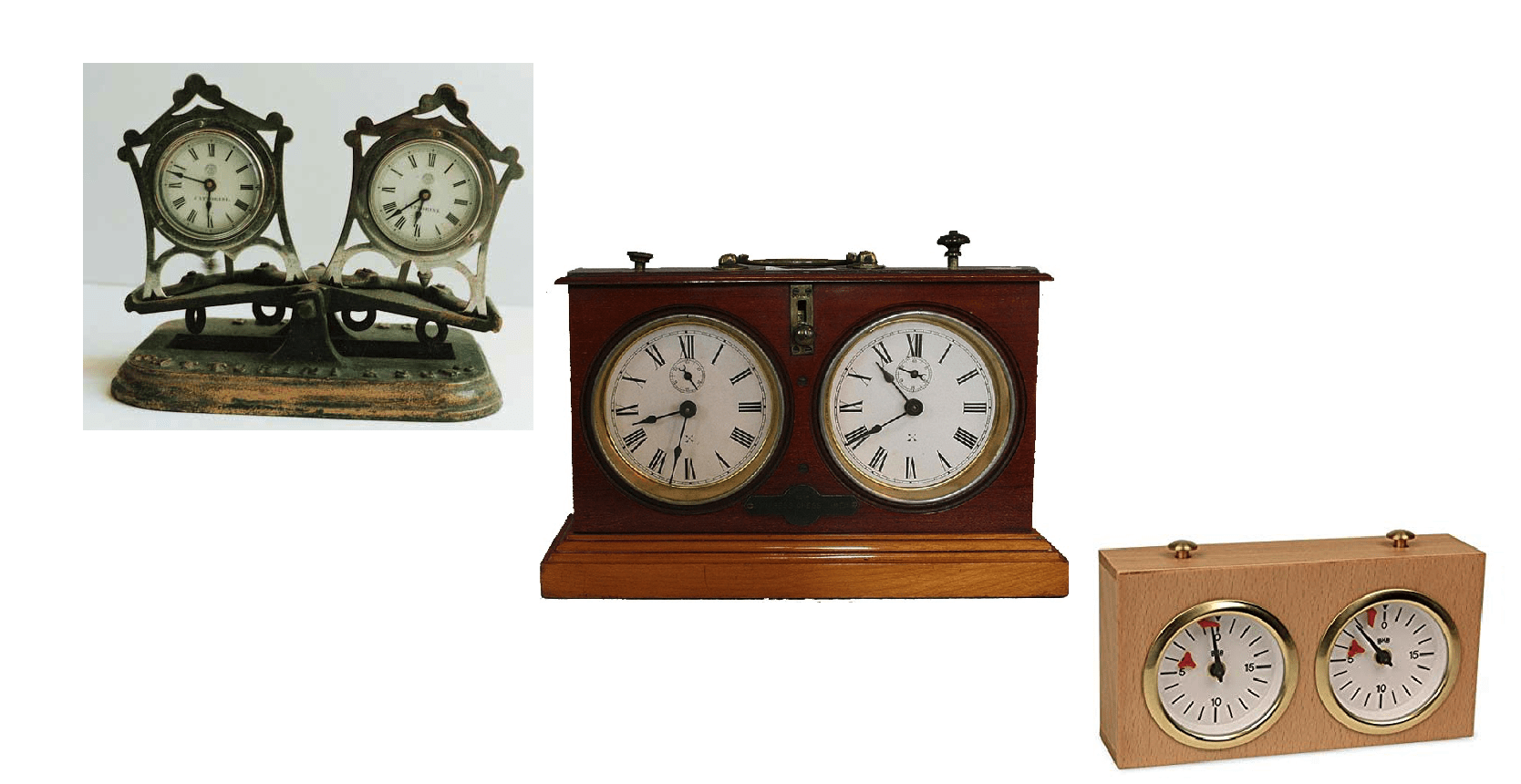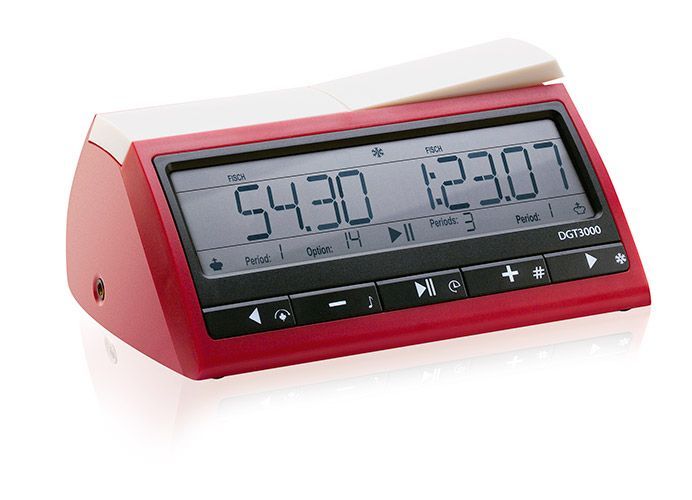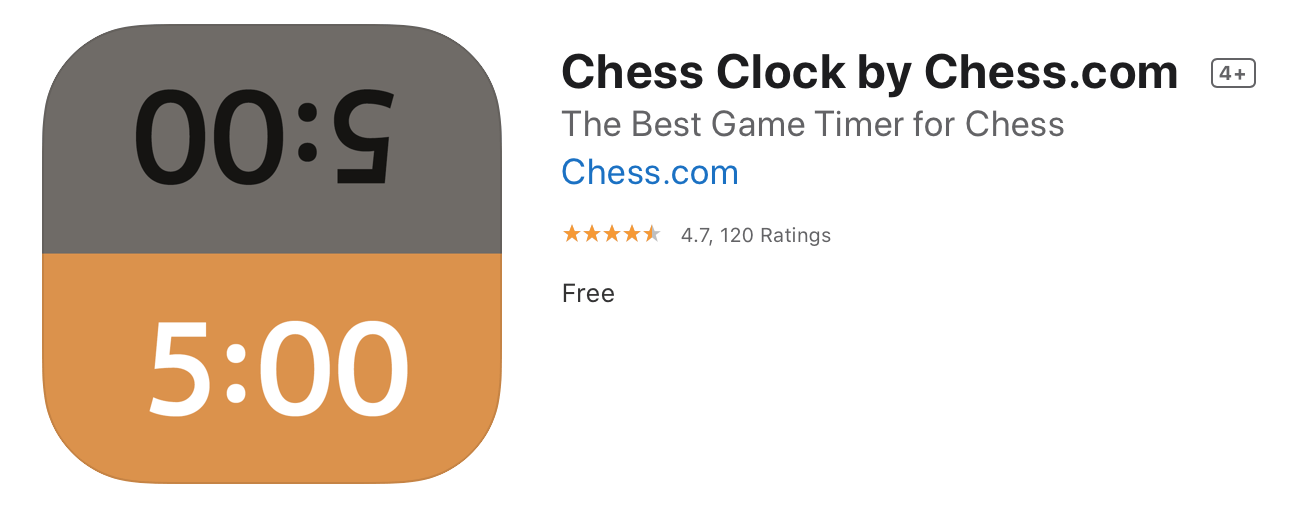
Chess Clocks
Chess clocks are used for all over-the-board (OTB) tournament games, almost every online game, competitive club games, and even many friendly games of chess. Let's learn more about chess clocks!
Here is what you need to know about chess clocks:
- What Is A Chess Clock?
- Why Are Chess Clocks Important?
- Analog And Digital Chess Clocks
- Chess.com Chess Clock Apps
- Conclusion
What Is A Chess Clock?
A chess clock is used to keep track of the remaining time a player has in a game of chess. Set to the time control before a game starts, a clock displays the time for each player independently and separately.
Just one player's time runs at a time. When an OTB game begins, the player with the black pieces starts the clock by pressing a button. The clock then starts counting down for the player with the white pieces, and their clock runs until they make a move and hit their button.
On Chess.com, you don't need to hit a clock when playing live chess. You simply make your move, then your clock stops, and your opponent's time starts counting down. Each player's time is clearly indicated when playing on Chess.com.

Why Are Chess Clocks Important?
Chess clocks are important because they keep track of the time remaining in a game. If a player's time runs out, they lose the game (unless their opponent has insufficient material to deliver checkmate, then it is a draw).
Without clocks, there would be no effective way to time a game—games could last indefinitely or an incredibly long time. Before chess clocks were introduced in the 1800s, a competitive game could last eight to 10 hours. A game between Howard Staunton and Pierre St. Amant in 1843 took over 14 hours. For more information on the history of chess clocks, read this great article.
Analog And Digital Clocks
Various methods of timing a chess game were used before chess clocks existed, but none were ideal. Analog chess clocks began to appear in the 1880s and were two-faced clocks showing the time for each player.

Aside from the materials used to make chess clocks (usually metal, wood, and plastic), they didn't change much until the first digital chess clocks hit the scene in the 1970s. Digital clocks made it significantly easier to see exactly how much time is left in a game. Players with less than a minute on the clock no longer had to guess if they had 15 or 20 seconds left, and could now see precisely how many seconds (or even milliseconds) were on the clock.

Chess.com Chess Clock Apps
Do you want to play an OTB game but don't want to buy a clock? Try out Chess.com's chess clock app for free! Instead of needing to carry around an analog or digital clock to play games at your club or at a friend's house, you can install the Chess.com chess clock app on your phone or tablet. These great chess clocks are available for free on the iOS App Store and the Google Play Store.

Conclusion
You now know what chess clocks are, why they are important, how analog and digital clocks are different, and more! Try out Chess.com's chess clock apps today or play a game in Live Chess to see how a clock works on Chess.com.







